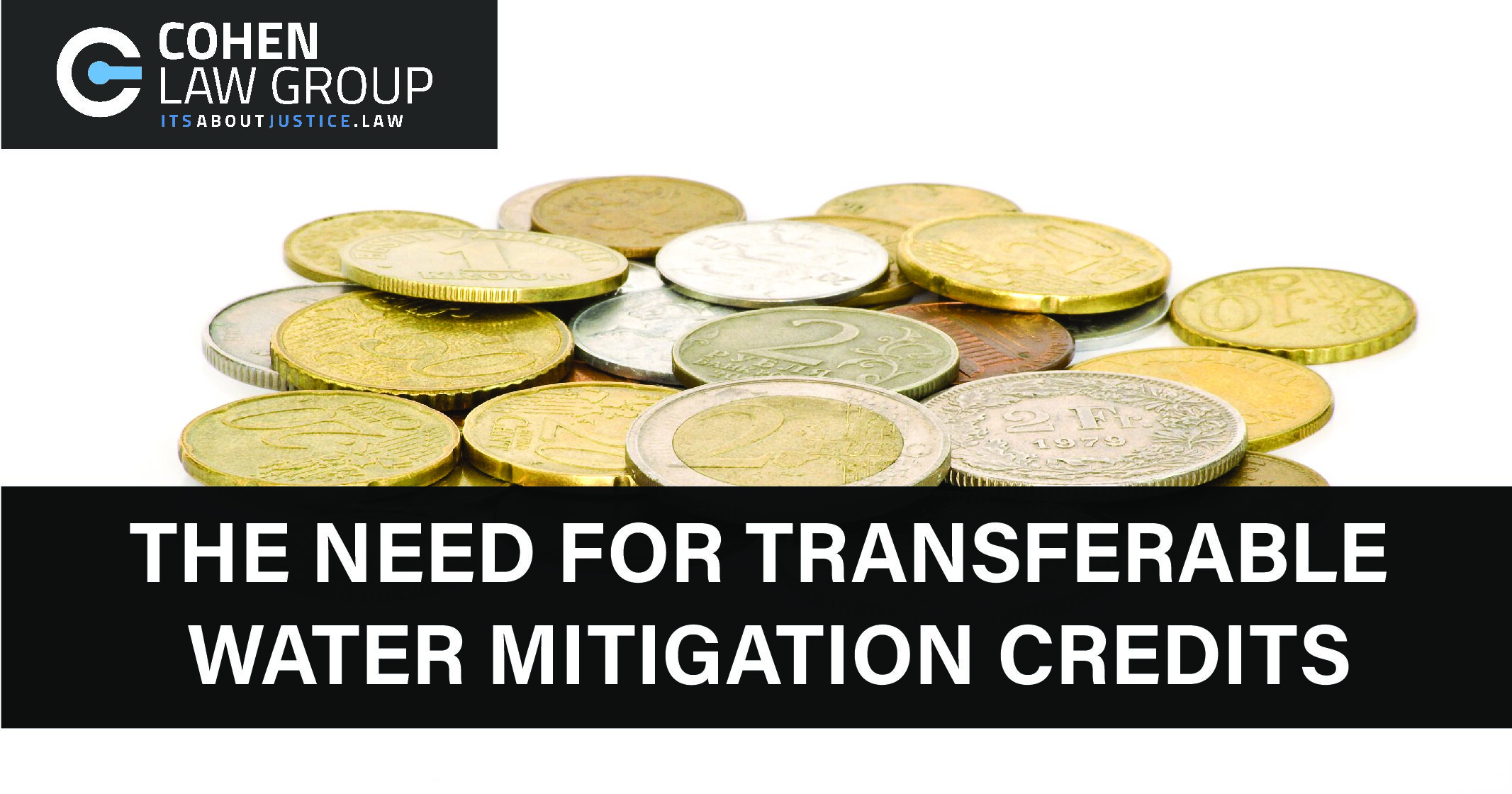Mitigation credits are an important part of our current land use system. They provide important liquidity to otherwise environmentally encumbered land while striking a balance between developmental goals and environmental policy. Under the current framework, mitigation bankers can purchase land in need of mitigation from a private party, perform said mitigation, and then sell credits to developers who need to offset their environmental impacts.
In Florida, mitigation banking credits are created by a complex system of interagency approval between the state, federal, and water management district governing bodies. The main focus of Florida’s mitigation systems has been the conservation of the state’s wetlands. This is understandable as wetlands make up approximately 29% of the land in Florida. Prioritization of wetland conservation has been facilitated by a like-for-like system, whereby a developer seeking to alter a wetland in a given water basin must purchase a wetland mitigation credit from within the same water basin.
This basin-specific approach makes sense on its face, as it is designed to curb the overdevelopment of one water basin at the expense of another. However, as market conditions have evolved, the availability of potential mitigation sites that meet the current strict criteria has dwindled, causing prices to soar. Additionally, while the current mitigation framework in our state prioritizes contiguous parcel conservation over a piecemeal approach, it still fails to take into account the interconnectedness of our waterways as a whole.
In order to continue to balance the needs of conservation and development, regulators should look to remove the strict like-for-like requirement and expand the criterion for mitigation credits to include federal waters, and not just those deemed wetlands.
For instance, the Intracoastal Waterway is a massive body of water spanning most of Florida’s East coast. It is a federal body of brackish water fed by various inlets and rivers along the coast of the United States. It stands to reason that protecting the quality of this vast body of water is in the interest of both state and federal environmental policymakers. However, the current mitigation banking system provides no means by which a mitigation banker could operate in the Intracoastal Waterway. Mitigation banking is largely confined to lands that can be privately owned by the bank, and not federal property. Should regulators create a framework for mitigation bankers to establish credits by means of rehabilitating waterways like the Intracoastal, the purpose of the mitigation banking system will still be achieved while also injecting much-needed transitional land use capital into the market.
The Florida section of the Intracoastal Waterway is a prime example of a waterway in dire need of rehabilitation. Decades of sewage/septic spillage and algae blooms, among other factors, have wreaked havoc on marine life populations. Current efforts to improve the water quality include the fostering of oyster and clam populations, which have shown promising results due to their immense filter-feeding abilities. However, these efforts suffer the same limitations as any other conservation effort reliant on government funding and volunteers. The introduction of a market-based approach to cleaning these waters would better serve the Florida ecosystems as a whole and ease pricing on development at the same time.
BOBBY PARSONS, ESQ.

